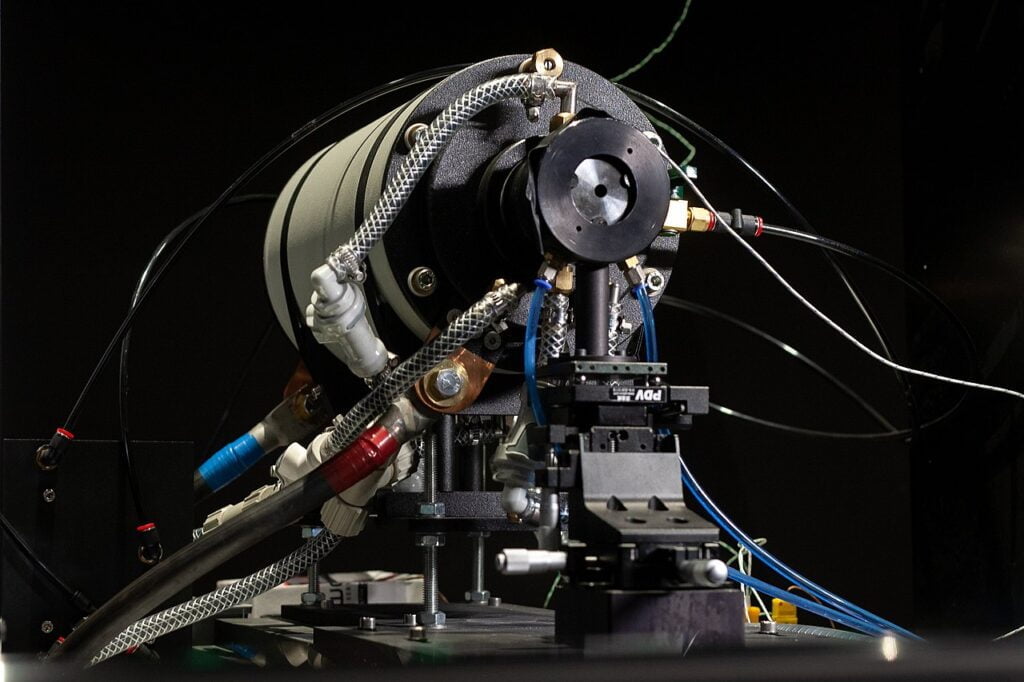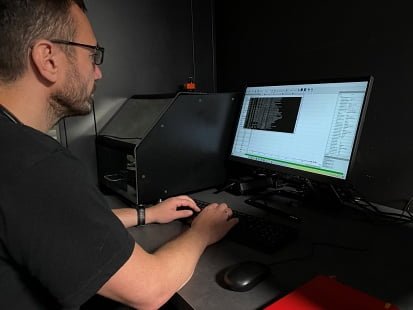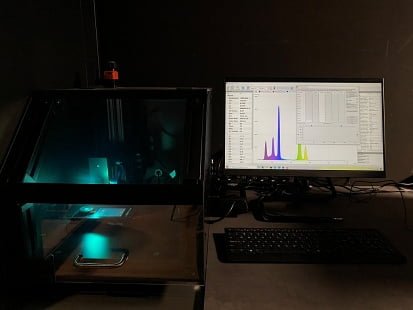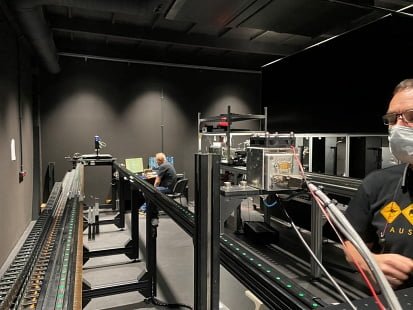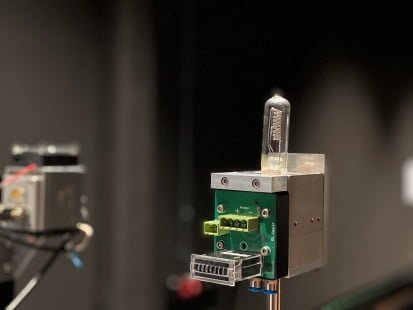Absolute spectral calibration
The main idea behind spectroradiometer is to determine exact amount of optical radiation incident on each photosensitive element of array detector which represents particular wavelength in entire measured spectral range. The obtained set of values constitutes result of spectral measurement and allows for calculation of photometric, radiometric and other parameters characterizing optical radiation. The purpose of calibration procedure is to establish for each element of array detector a relation between obtained indication and true value. The procedure includes measurement of light source – a standard of know spectral distribution, and then comparison of measurement result with values from standard’s certificate of calibration. Depending on calibrated system, the procedure uses spectral standards of irradiance, radiant flux or radiance.
